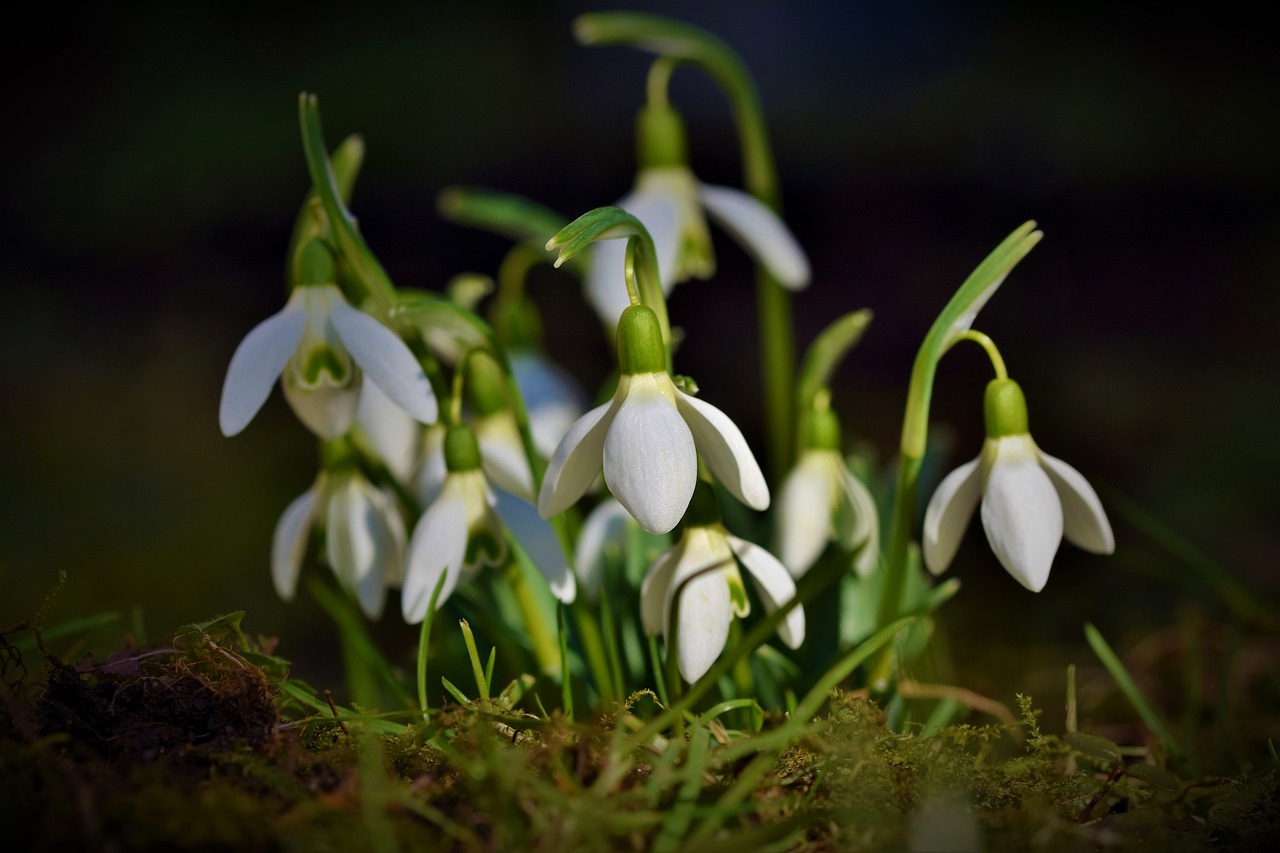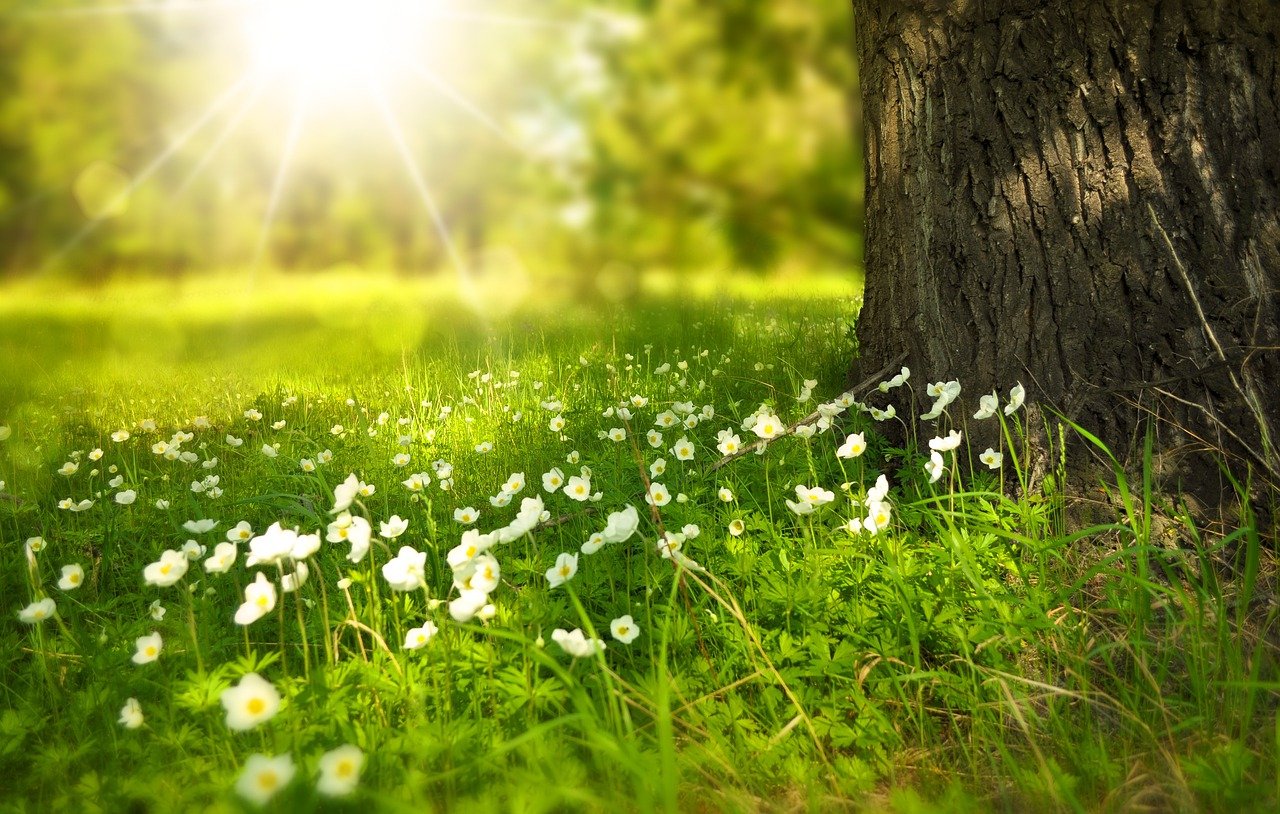In a healthy garden, all animals and plants are interconnected. For example, the feeding relationships in a habitat are, in reality, much more complex than just a simple chain. All the plants, insects, and animals found in your garden play an important overlapping role to form your garden’s web of life.
Insects are important as both predators and prey in this intricate chain. They can be classified as beneficial, also known as good insects that help your garden bloom, or as pests that can destroy your crops and plants one way or another.
There will always be insects in anyone’s garden. That’s just how it is. Even the healthiest gardens come across bugs at some time or another.
So if you encounter an insect or two whenever you’re out playing with your best electric skateboard at your grandmother’s backyard, better leave them alone and appreciate how they balance the ecosystem of the plants surrounding you.
#1 Lady Beetles

Adult ladybugs eat mites, mealybugs, fleas, whiteflies, and aphids. Even their larvae will help attack garden pests to help your garden flourish. Although adults don’t eat a lot, their larvae are the real predators that do a lot of damage to garden pests.
Growing a lot of nectar and pollen-producing plants will help attract these bugs. These tiny critters love a little sugar rush every now and then your garden’s pollen and nectar are their food.
#2 Rove Beetles

These are predatory insects that help you control pests in the garden. These insects feed on rotting vegetation and other types of small mites and insects that infest your plants.
These beetles grow about one-eighth of an inch to an inch and are members of the family “Staphylinidae”. There are more than 40,000 species worldwide. Both larvae and adult beetles prey on other bugs. They usually emerge from hiding after sunset. They make their way to moist areas crawling with mites, maggots and springtails. These beetles have wings and can definitely fly but prefer to stay and crawl on the ground.
#3 Butterflies

These beautiful fluttering mosaics can bring color and grace to your garden. They are major pollinators of a variety of plants and trees. The presence of these beautiful creatures in your garden signifies a healthy environment.
Butterflies require a semi-liquid or liquid diet. They are mostly happy with sweet nectar in your flowers but others prefer tree sap, manure or rotten fruit.
If you are planning to attract butterflies, you can start by leaving gooey fruits out in your garden. You can start by bringing out overripe bananas and mushy apples to your butterfly feeding station. It doesn’t need to be expensive or fancy, all it needs to be is accessible and in a shady area close to flowers rich in nectar.
#4 Lacewings

Lacewings are beneficial insects. They offer a healthy alternative in pest control compared to using chemical-induced pesticides. They measure about one-half to one-third inch long. They have very delicate, finely veined, and transparent-looking wings that have given them their names.
In their adulthood, they usually take to the air in the evening. They follow the scents produced by caterpillar frass and aphid honeydew. Adult lacewings like to eat nectar, pollen, and honeydew made by aphids. Some even eat other insects.
Their larvae usually prey on small cabbage worms, caterpillar eggs, caterpillars, aphids, whiteflies, mealybugs, and more.
#5 Bees

Bees also play an important role in a productive and healthy garden. These invaluable creatures not only pollinate flowers but also are responsible for more or less one-third of our daily nutrition. That’s because a huge part of our edible crops needs bees to visit them in order to form vegetables and fruits.
When bees visit a flower searching for nectar and pollen, some of the pollen from the flower will cling onto its body. When it visits another flower the pollen gets transferred. When pollen is transferred from one flower to another of the same species, it will be fertilized and start the process of seed and fruit production.
There are about 20,000 species of bees on earth but only seven actually make honey.






